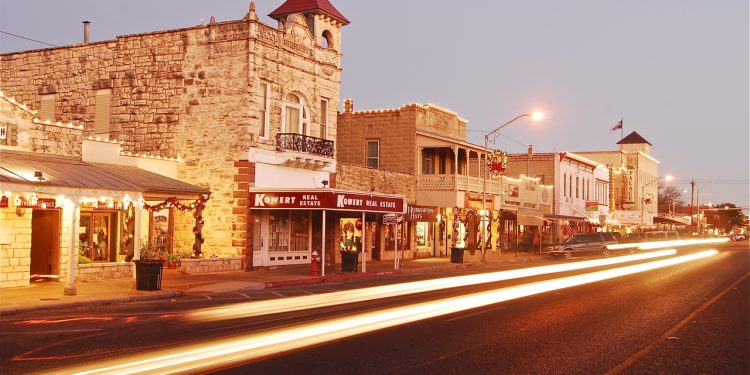Texas Migration
Gone to Texas: The Modern Migration to the Lone Star State
The phrase “Gone to Texas” (GTT) became popular in the 19th century as Americans, fleeing debts and seeking fresh starts, migrated to the Lone Star State. Today, the phrase may find new relevance as Texas’ cities attract ambitious newcomers. Over the last 15 years, Texas’ major cities—Dallas-Fort Worth, Houston, Austin, and San Antonio—ranked among the nation’s fastest-growing metropolitan areas.
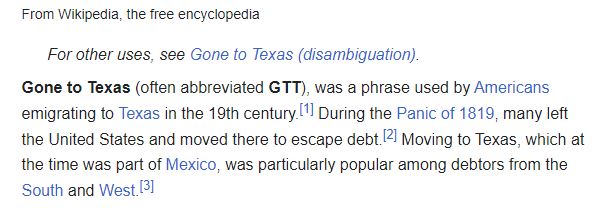
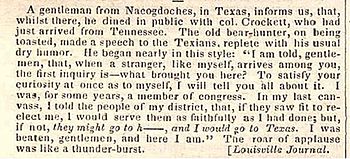
Since 2000, the Dallas-Fort Worth area has increased its population by 33.6%, while Houston surged by 38%. In contrast, Boston, Chicago, Los Angeles, and New York each grew by less than 10% during the same period. In recent years, Houston and Dallas-Fort Worth have added more new residents than either New York or Los Angeles.
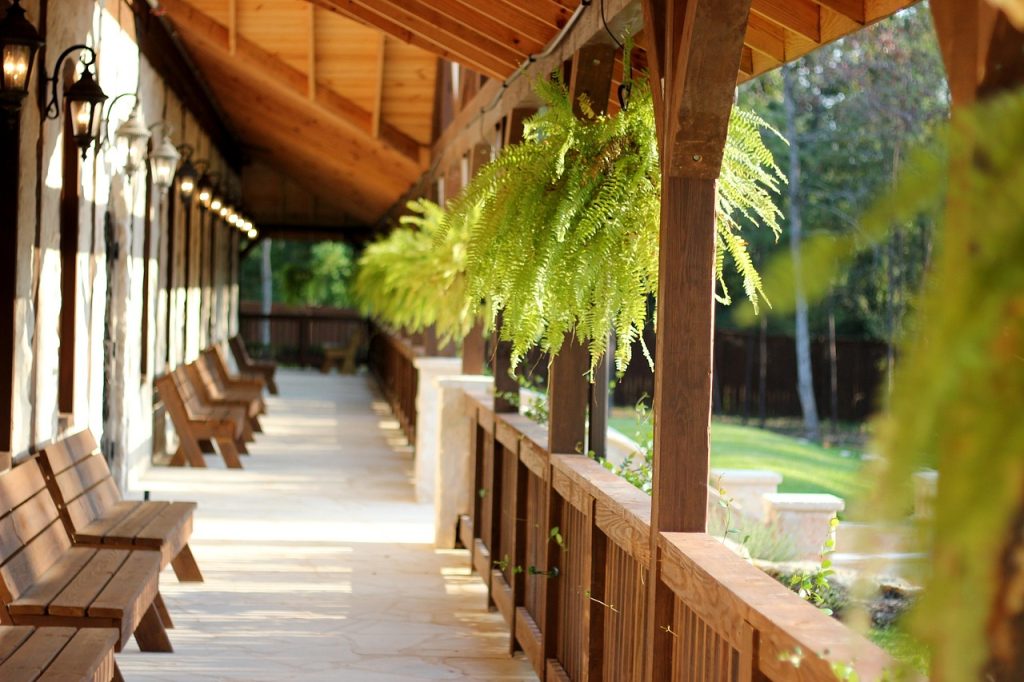
A Shift in Migration Patterns
Many of the new residents come from states that once attracted Texans, particularly California. From 2001 to 2013, over 145,000 people relocated from Los Angeles to Texas cities, followed by more than 90,000 from New York and nearly 80,000 from Chicago. These newcomers often have higher education levels, contributing positively to the local workforce. According to Dallas Morning News columnist Mitchell Schnurman, if oil prices falter, Texas can always count on migration from states like California, New York, and Illinois.
While the influx includes many blue-collar workers, Texas cities are increasingly appealing to young, educated professionals who once flocked to coastal cities like San Francisco and Boston. A Cleveland Foundation study found that three of Texas’ four largest cities ranked among the top 10 U.S. regions for growth in educated residents aged 25 to 34. This demographic shift has enriched the cultural fabric of Texas cities, with new residents spurring growth in vibrant restaurant scenes, arts, and entertainment.
Global Influence: The Rise of Overseas Migration
Texas is also experiencing a surge in international migration, particularly from Asia. Houston and Dallas-Fort Worth have seen significant growth in their Asian populations, second only to New York, Los Angeles, and San Francisco. Houston now ranks fifth in the nation for its Asian population among major metropolitan areas. This growth is largely occurring in suburban and exurban communities rather than traditional urban enclaves, reshaping the landscape of Texas cities.
Cinco Ranch, a suburb west of Houston, exemplifies this trend. Home to a diverse community where 1 in 5 residents is foreign-born, it’s a place where families from around the globe are putting down roots. Pria Kothari, an Indian immigrant who moved to Cinco Ranch in 2013, highlights the appeal: “We found a place where we could put our roots down. It has a community feel. You walk around and see all the families. There’s room for bikes—that’s great for the kids.”
Texas has also seen a substantial increase in its Latino population. From 2000 to 2014, the Latino population grew by 39% in Dallas-Fort Worth, 42% in Houston, 60% in Austin, and 39% in San Antonio. Today, Latinos make up nearly 40% of the state’s population, a figure likely to continue rising.
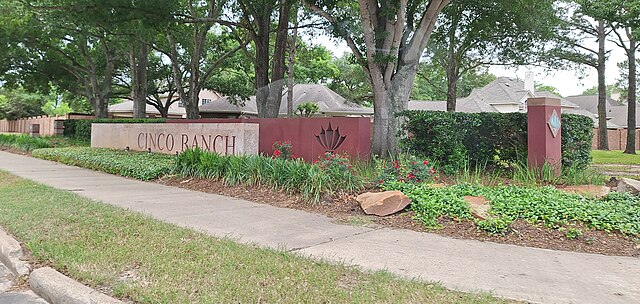
A Family-Friendly Urban Future
Unlike many coastal cities where urban cores have become child-free zones, Texas cities offer a different story. Houston, Dallas, Austin, and San Antonio rank above the national average for children per household, making them some of the most family-friendly metropolitan areas in the country. Texas cities provide vibrant downtowns for singles and young couples, as well as affordable suburban neighborhoods where families can thrive. This balanced urban environment allows residents to enjoy city life without sacrificing family needs—a rarity in many other large American cities.
Revitalizing Small Towns for Modern Living
Small towns across Texas are experiencing a remarkable revival! In the vast landscapes of Texas, a significant transformation is unfolding. While major cities continue to flourish, small towns are emerging as vibrant centers of growth and opportunity, offering a compelling alternative to urban life.
This shift is not by chance. It is fueled by the Texas renaissance, where smaller communities are drawing attention as more people seek the perfect blend of modern conveniences and traditional charm. This transformation represents a unique melding of nostalgia with future-forward living.
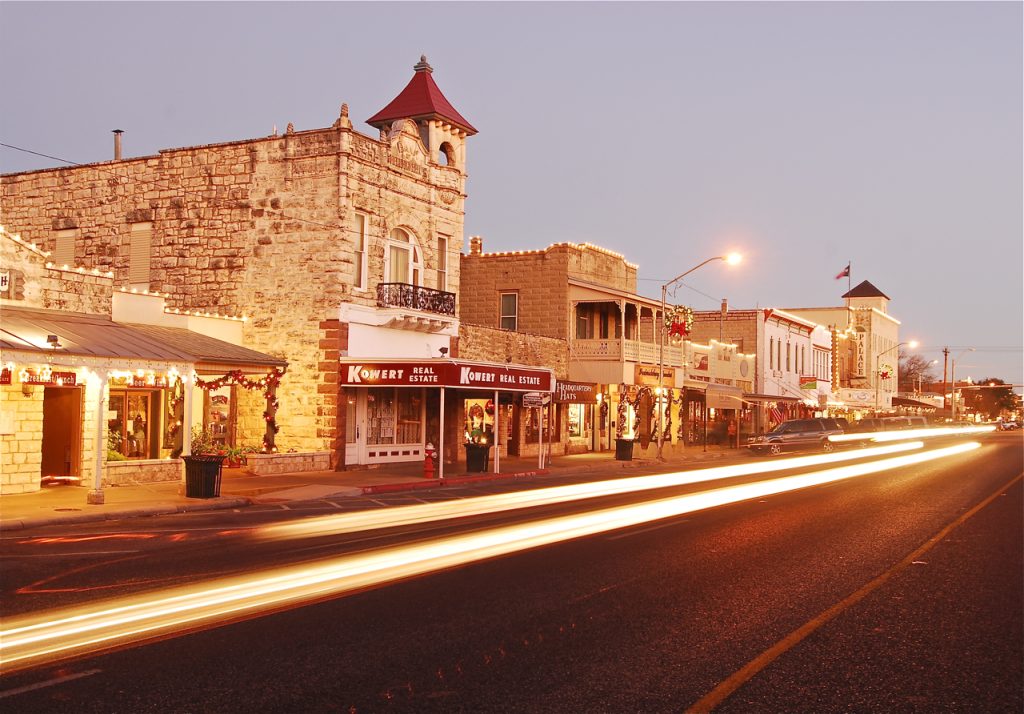
Historical Context
Texas has always been a state of contrasts. While cities like Houston and Dallas expanded rapidly, many small towns struggled to keep up. Now, history is coming full circle as these once-overlooked communities are re-emerging with renewed energy and purpose.
Drivers of the Renaissance
Several key factors are driving the revival of Texas’s small towns:
Economic Factors: Attractive real estate prices and the rise of remote work have made small towns more appealing. The shift away from traditional office settings has allowed people to live and work where they prefer, without being tied to urban centers.
Cultural Factors: The complexities of modern life have left many craving the authentic, close-knit community feel that small towns provide. These areas offer a slower pace of life, rich cultural experiences, and a sense of belonging that’s hard to find in larger cities.
Technological Factors: Many small towns are embracing technological advancements, boasting excellent internet connectivity and infrastructure that defies the outdated perception of being behind the times.
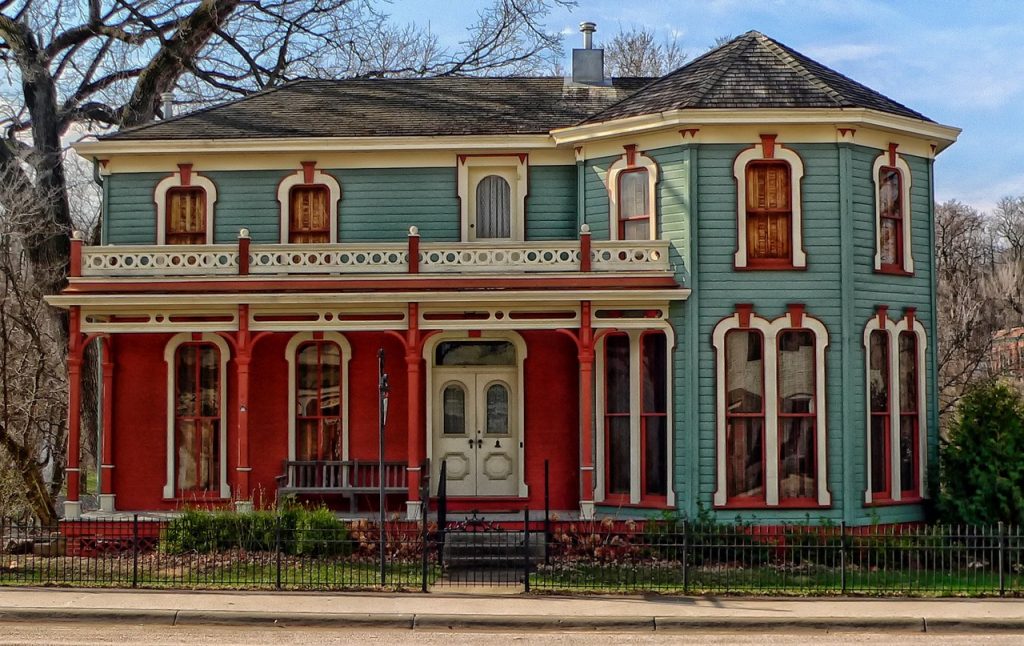
Benefits of the Renaissance
The revival of small towns offers numerous advantages:
- For Locals: Residents benefit from new business opportunities, improved amenities, and a renewed sense of community pride.
- For Newcomers: Affordable homes, rich cultural experiences, and a strong community appeal to those looking for a change from urban life.
- For Texas as a Whole: This movement helps balance state growth, preserve historical heritage, and boost the economy.
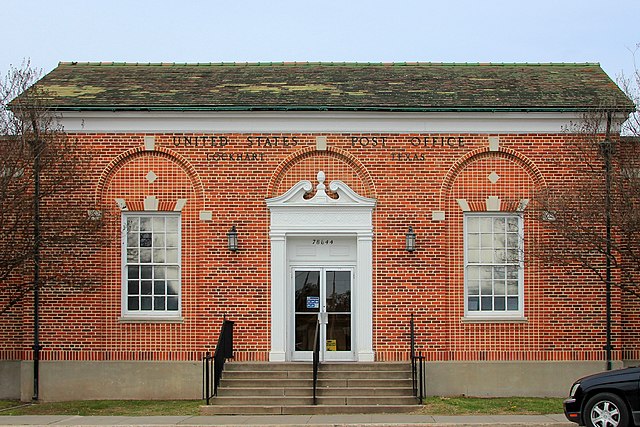
The United States Post Office in Lockhart, Texas, United States. The post office was constructed with New Deal funds in 1936.
Larry D. Moore
Challenges on the Horizon
Despite their rapid growth, Texas cities face significant challenges. Aging infrastructure, like Houston’s flood-prone systems, must be addressed. Poverty rates among Hispanic and Black residents remain high, and urban schools need substantial improvement. Municipal debt, particularly in core cities, continues to rise.
The biggest threat, however, may be a cultural shift as more people arrive from traditionally liberal coastal cities. Texas’ success has been built on a market-driven, pro-business environment with minimal regulation and favorable tax policies. Preserving this ethos is crucial for maintaining the economic dynamism that has defined Texas’ urban areas.
If Texas can stay true to its roots—embracing opportunity, innovation, and a welcoming spirit—its cities will continue to set the standard for American urbanism in the 21st century.
Conclusion
The resurgence of small towns in Texas is more than a trend; it’s a testament to the adaptability and resilience of these communities. This movement reflects a state that cherishes its heritage while embracing change. As more people discover the unique charm of these towns, the Texas renaissance will continue to redefine the state’s social and economic landscape for years to come.

